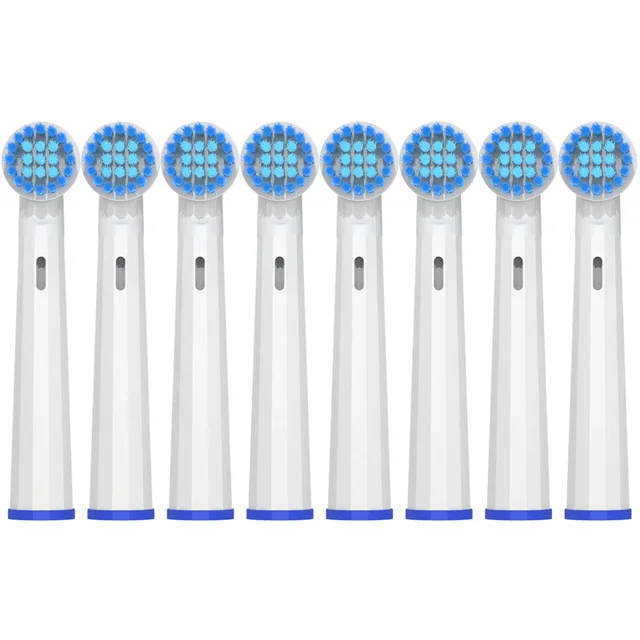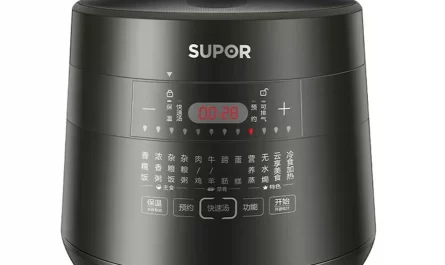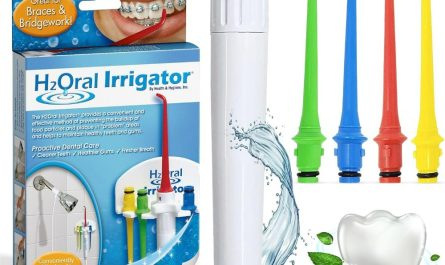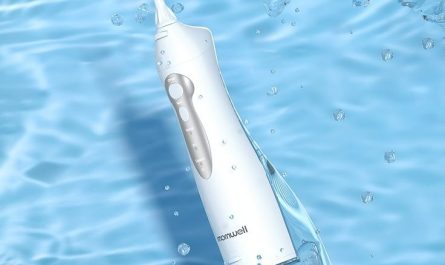Introduction:
Understanding how long electric toothbrush heads last and what factors influence their lifespan is essential for maintaining optimal oral hygiene. Electric toothbrush heads are designed to be durable, but their effectiveness can diminish over time. This comprehensive guide explores the typical lifespan of electric toothbrush heads, signs of wear, factors that influence their longevity, and tips for maintenance to ensure you get the best performance from your toothbrush.
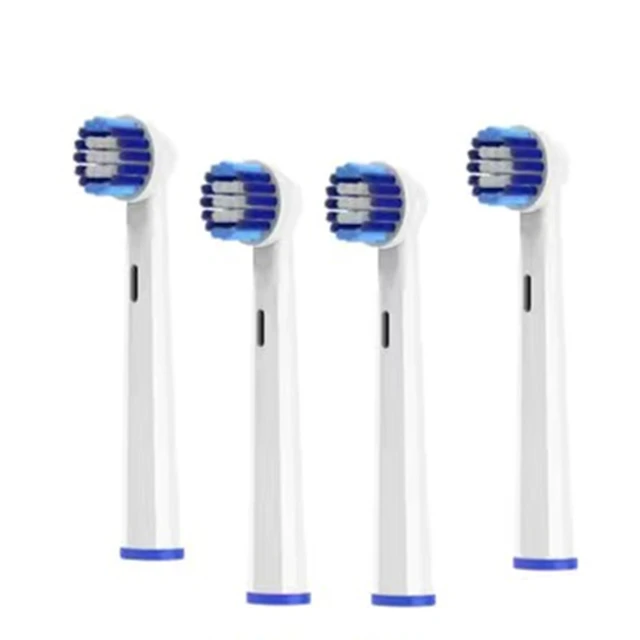
Electric Toothbrush Heads:
Lifespan and Influencing Factors
Typical Lifespan:
How Long Should an Electric Toothbrush Head Last?
The general recommendation for replacing electric toothbrush heads is typically every three months. However, the actual lifespan can vary based on several factors.
Manufacturer Guidelines:
Standard Recommendations:
Most manufacturers, including major brands like Oral-B and Philips Sonicare, advise replacing toothbrush heads every three months. This timeframe is based on average usage and optimal performance of the bristles over time.
Variations in Usage:
Personal Differences:
Individual usage patterns can affect how long a toothbrush head remains effective. For example, people who brush more frequently or with more pressure may need to replace their toothbrush heads more often than those who brush less aggressively.
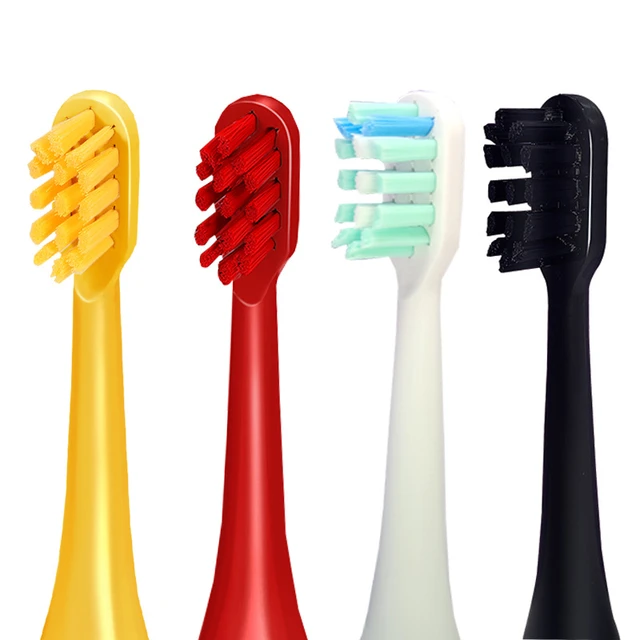 Signs of Wear:
Signs of Wear:
What Indicators Suggest That It’s Time to Replace Your Toothbrush Head?
Recognizing the signs of wear is crucial for ensuring your toothbrush head is replaced at the right time.
Frayed Bristles:
Visible Damage:
Frayed or splayed bristles are a clear indicator that your toothbrush head needs replacing. Damaged bristles lose their ability to clean effectively, reducing the toothbrush’s overall performance.
Color Fading:
Indicator Bristles:
Many electric toothbrush heads come with indicator bristles that change color over time. When these bristles fade to a certain point, it’s a sign that the toothbrush head should be replaced.
Reduced Cleaning Efficiency:
Performance Decline:
If you notice that your teeth don’t feel as clean after brushing or if plaque buildup increases, it may be time to replace the toothbrush head. A decline in cleaning efficiency is often due to worn-out bristles that can no longer remove debris effectively.
Factors Affecting Longevity:
What Influences How Long Electric Toothbrush Heads Last?
Several factors can influence the lifespan of an electric toothbrush head, impacting its effectiveness and durability.
Brushing Pressure:
Gentle Technique:
Excessive pressure while brushing can cause bristles to wear out more quickly. Using a gentle technique and allowing the toothbrush to do the work can prolong the lifespan of the brush head.
Brushing Frequency:
Usage Patterns:
Brushing more than twice a day or for extended periods can lead to quicker wear and tear. Adhering to the recommended brushing duration (two minutes twice a day) can help maintain the longevity of your toothbrush head.
Oral Health Products:
Abrasive Toothpaste:
Using abrasive toothpaste can cause bristles to wear out faster. Opting for a toothpaste with a smoother texture can help preserve the toothbrush head’s effectiveness.
Maintenance and Care:
How Can You Extend the Lifespan of Your Electric Toothbrush Head?
Proper maintenance and care can significantly extend the lifespan of your electric toothbrush head.
Regular Cleaning:
Rinsing and Drying:
After each use, rinse the toothbrush head thoroughly to remove toothpaste and debris. Allow it to air dry completely before using it again to prevent bacterial growth.
Avoiding Harsh Conditions:
Proper Storage:
Store your toothbrush in an upright position to allow it to air dry between uses. Avoid covering the toothbrush head with a cap or placing it in a closed container, as this can create a moist environment conducive to bacterial growth.
Rotation of Brush Heads:
Multiple Heads:
If your toothbrush model supports it, consider rotating between multiple brush heads. This practice can help distribute wear more evenly and extend the overall lifespan of each brush head.
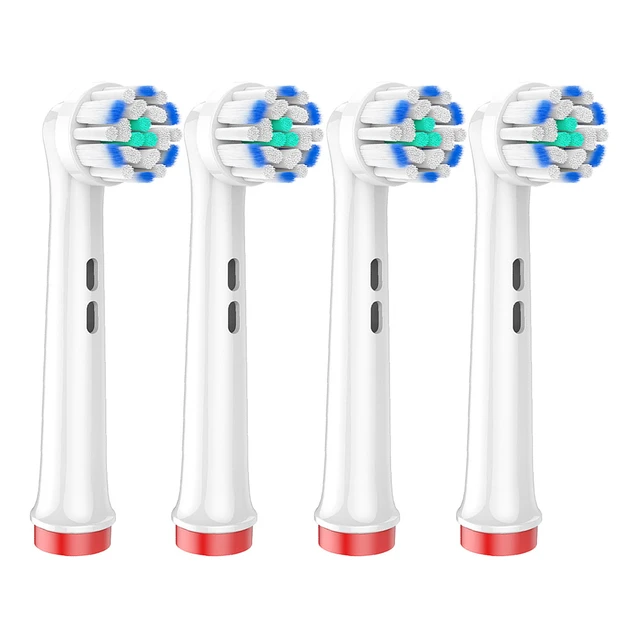 Specialty Brushes:
Specialty Brushes:
How Do Different Types of Electric Toothbrush Heads Affect Longevity?
Different types of electric toothbrush heads are designed for specific purposes, and their longevity can vary.
Sensitive Brush Heads:
Softer Bristles:
Brush heads designed for sensitive teeth typically have softer bristles, which may wear out more quickly than standard bristles. Users may need to replace these heads more frequently to maintain optimal cleaning.
Whitening Brush Heads:
Specialized Design:
Whitening toothbrush heads often have additional polishing cups or bristles designed for stain removal. These specialized components can wear out at different rates, necessitating more frequent replacement.
Orthodontic Brush Heads:
Braces and Appliances:
Brush heads designed for orthodontic care are built to navigate around braces and other dental appliances. Their specialized bristles can experience unique wear patterns, requiring attentiveness to signs of wear and timely replacement.
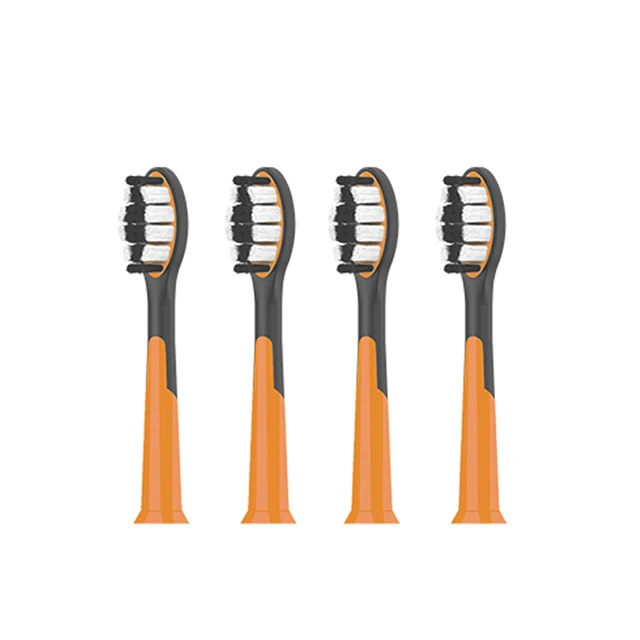 Environmental Considerations:
Environmental Considerations:
How Does the Environment Affect Toothbrush Head Longevity?
Environmental factors can also play a role in the lifespan of electric toothbrush heads.
Humidity:
Moisture Exposure:
High humidity levels can promote bacterial growth and accelerate bristle wear. Ensuring proper drying and storage can mitigate these effects.
Travel:
Transport Protection:
Frequent travel can expose toothbrush heads to varying conditions and potential damage. Using a protective case and ensuring sanitary conditions during travel can help preserve the brush head’s integrity.
Cost and Replacement:
Is It Worth Investing in Higher-Quality Toothbrush Heads?
Considering the cost and frequency of replacement is vital for making an informed decision about electric toothbrush heads.
Initial Investment:
Quality Matters:
While higher-quality toothbrush heads may have a higher upfront cost, they often provide better performance and durability. Investing in reputable brands can ensure more consistent and effective cleaning.
Subscription Services:
Convenient Replacement:
Many toothbrush brands offer subscription services that provide replacement heads at regular intervals. These services can be convenient and ensure timely replacements, maintaining optimal oral hygiene.
Environmental Impact:
How Can You Minimize Waste with Electric Toothbrush Heads?
Managing the environmental impact of replacing electric toothbrush heads involves adopting sustainable practices.
Recycling Programs:
Proper Disposal:
Some manufacturers offer recycling programs for used toothbrush heads, allowing for responsible disposal and minimizing waste. Utilizing these programs can reduce your environmental footprint.
Eco-Friendly Options:
Sustainable Materials:
Choosing toothbrush heads made from eco-friendly materials or brands committed to sustainability can contribute to a more environmentally responsible oral care routine.
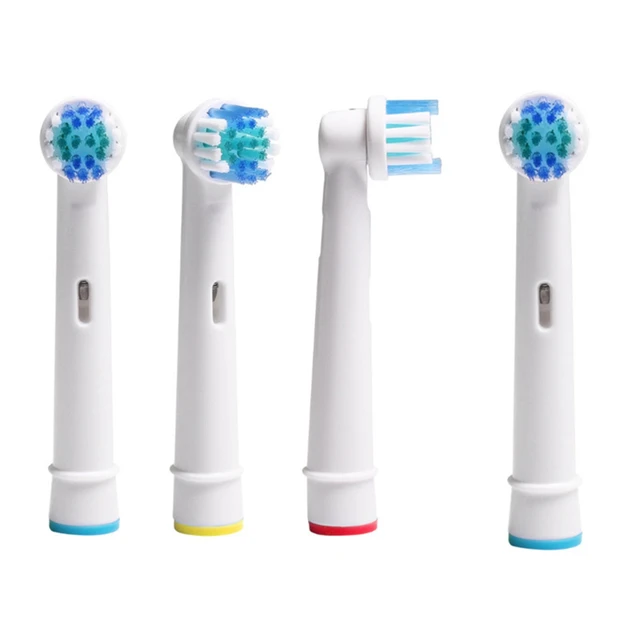 Professional Recommendations:
Professional Recommendations:
What Do Dentists Advise for Replacing Electric Toothbrush Heads?
Dentists and oral health professionals provide valuable guidance on maintaining electric toothbrush heads.
Regular Check-Ups:
Professional Advice:
Regular dental check-ups can help monitor your oral health and provide personalized recommendations for toothbrush head replacement. Dental professionals can also identify if early replacement is necessary based on your oral condition.
Technique Improvement:
Proper Brushing:
Dentists can offer advice on improving brushing techniques to reduce unnecessary wear and extend the lifespan of your toothbrush head. Proper technique not only preserves the brush head but also enhances overall oral health.
Conclusion
Understanding the lifespan of electric toothbrush heads and the factors that influence their longevity is crucial for maintaining optimal oral hygiene. Generally, replacing toothbrush heads every three months is recommended, but individual usage patterns and signs of wear can necessitate more frequent changes. Proper maintenance, such as regular cleaning and correct storage, can extend the lifespan of your toothbrush head. Considering the type of brush head, environmental factors, and professional recommendations will ensure you get the best performance from your electric toothbrush. Investing in high-quality toothbrush heads and using sustainable practices can further enhance your oral care routine, contributing to better dental health and a reduced environmental impact.

